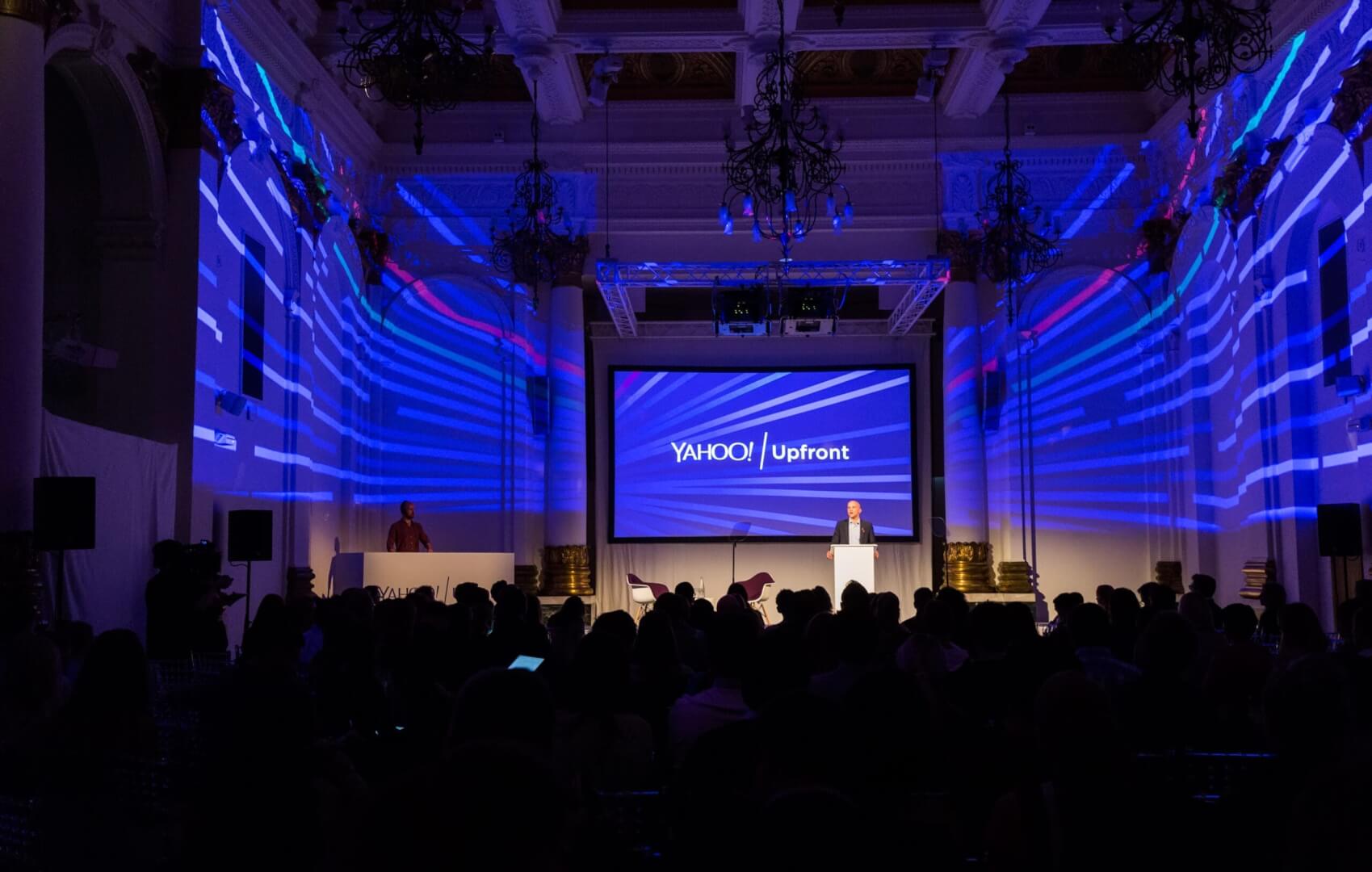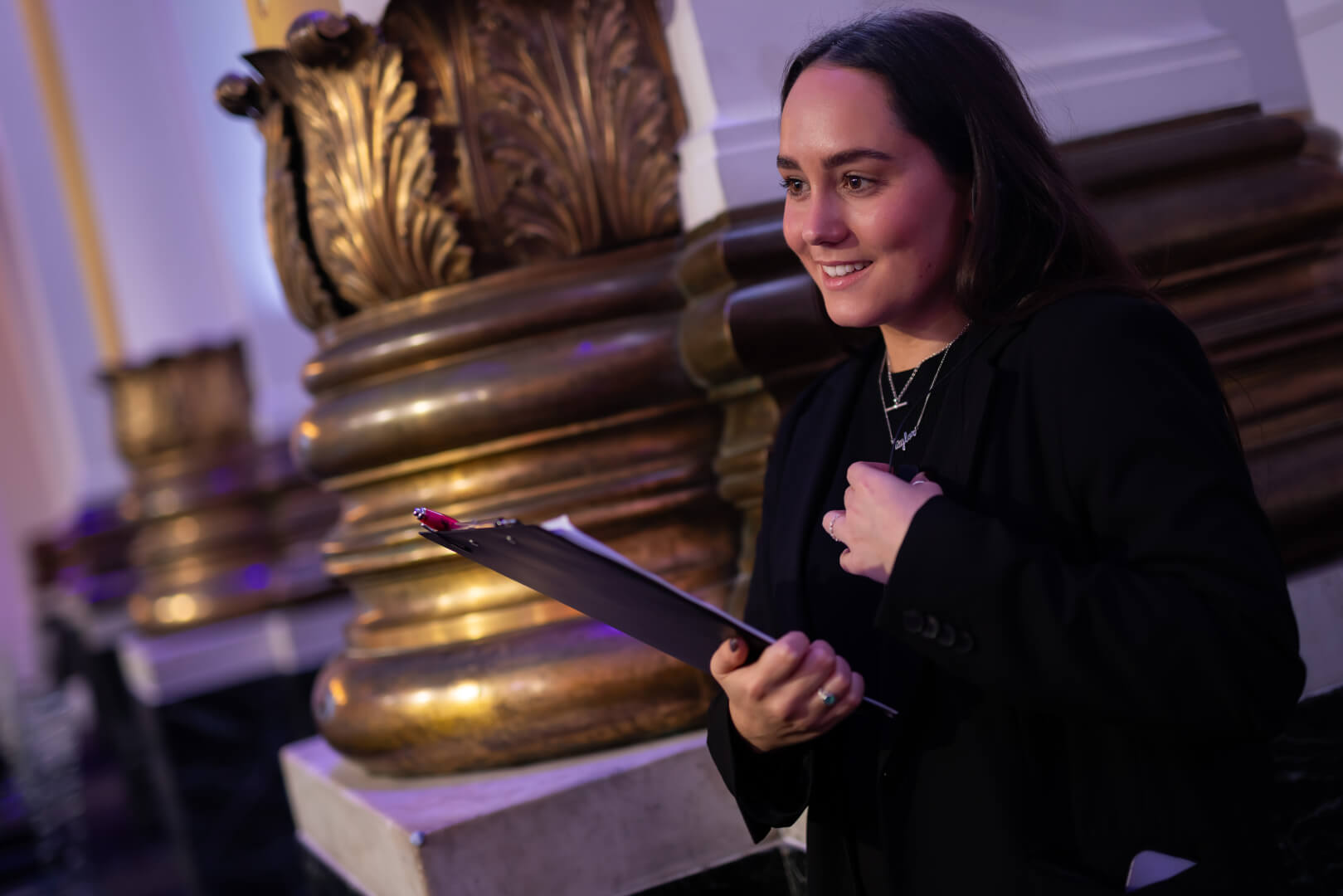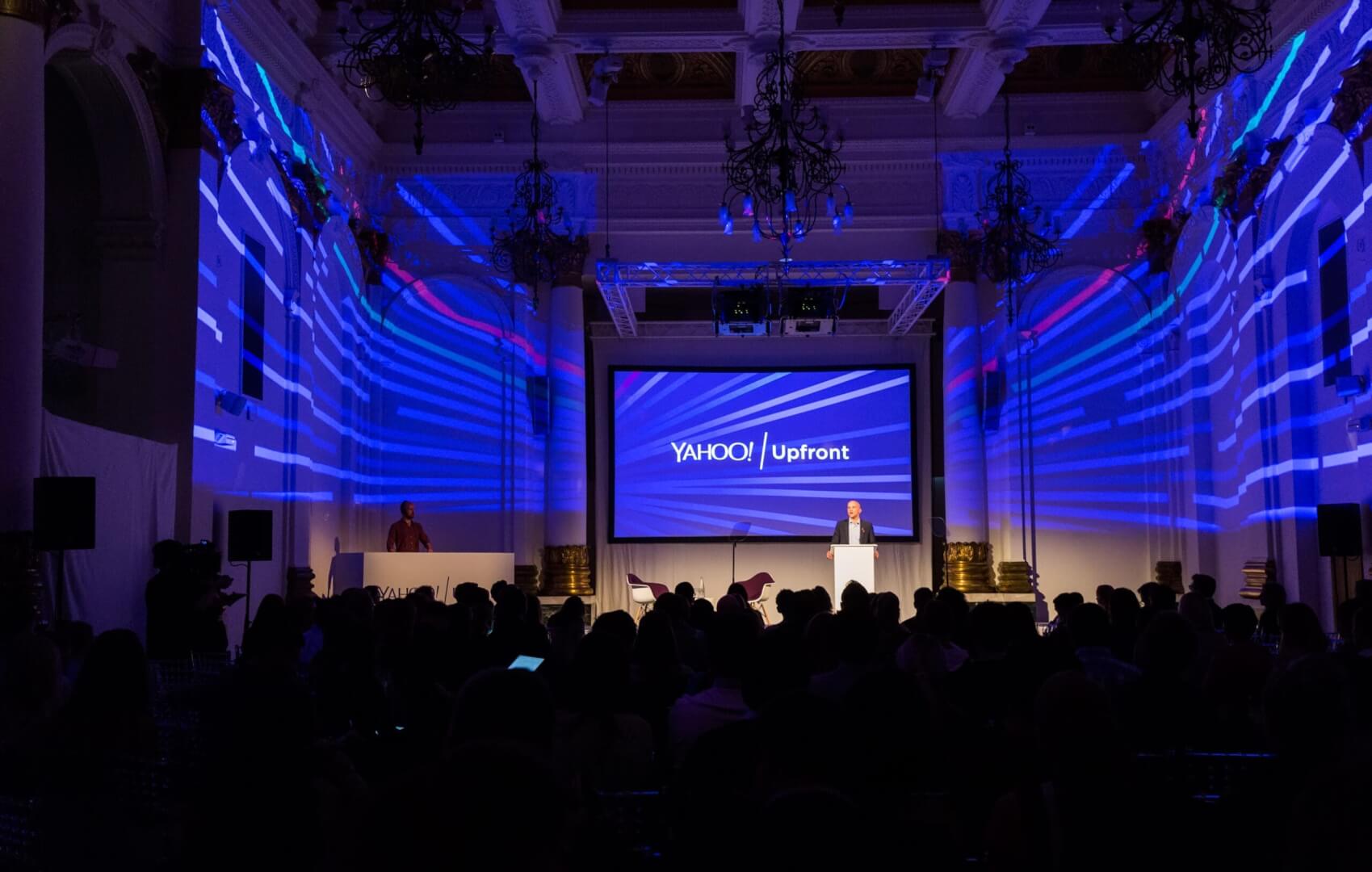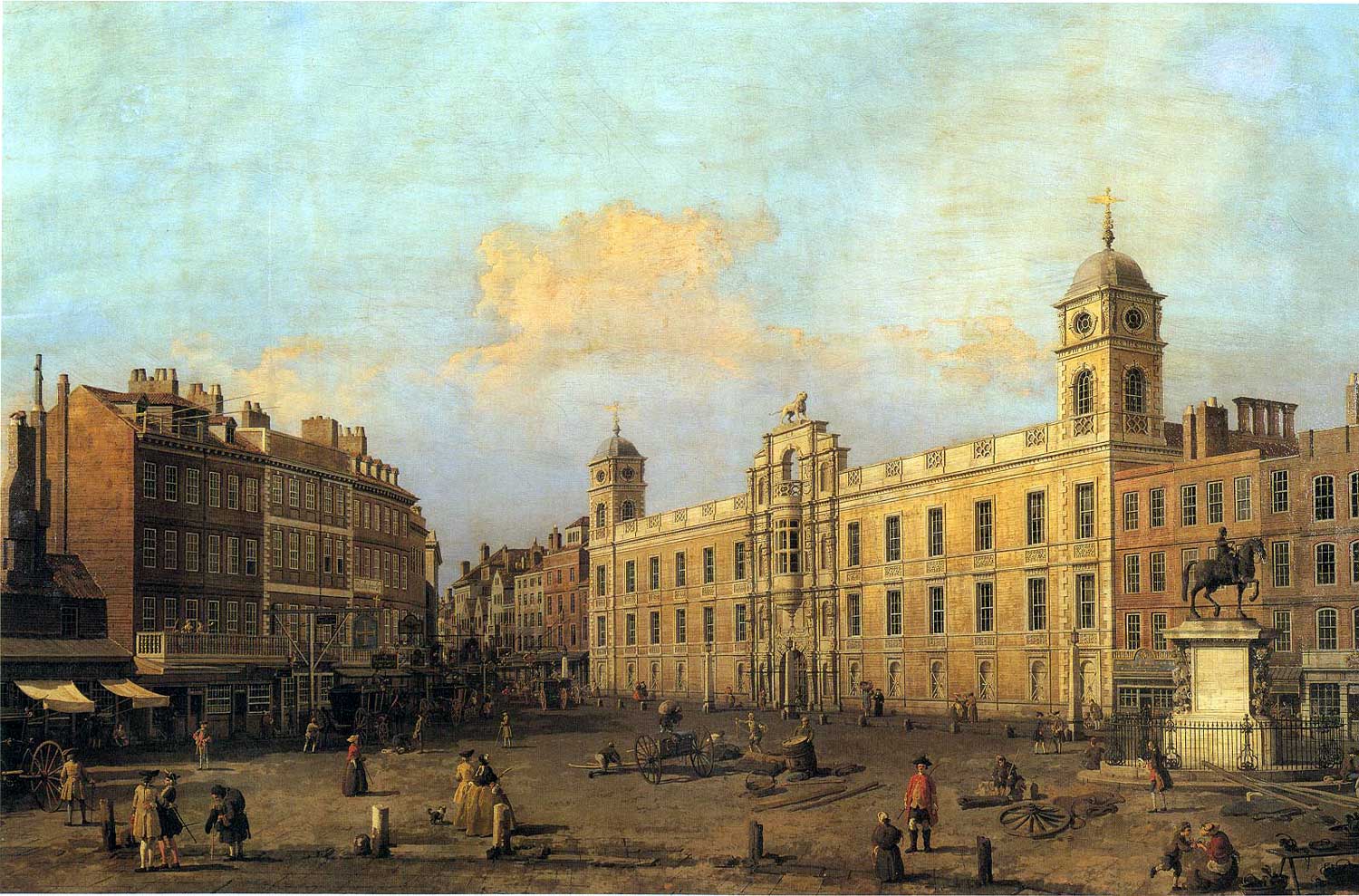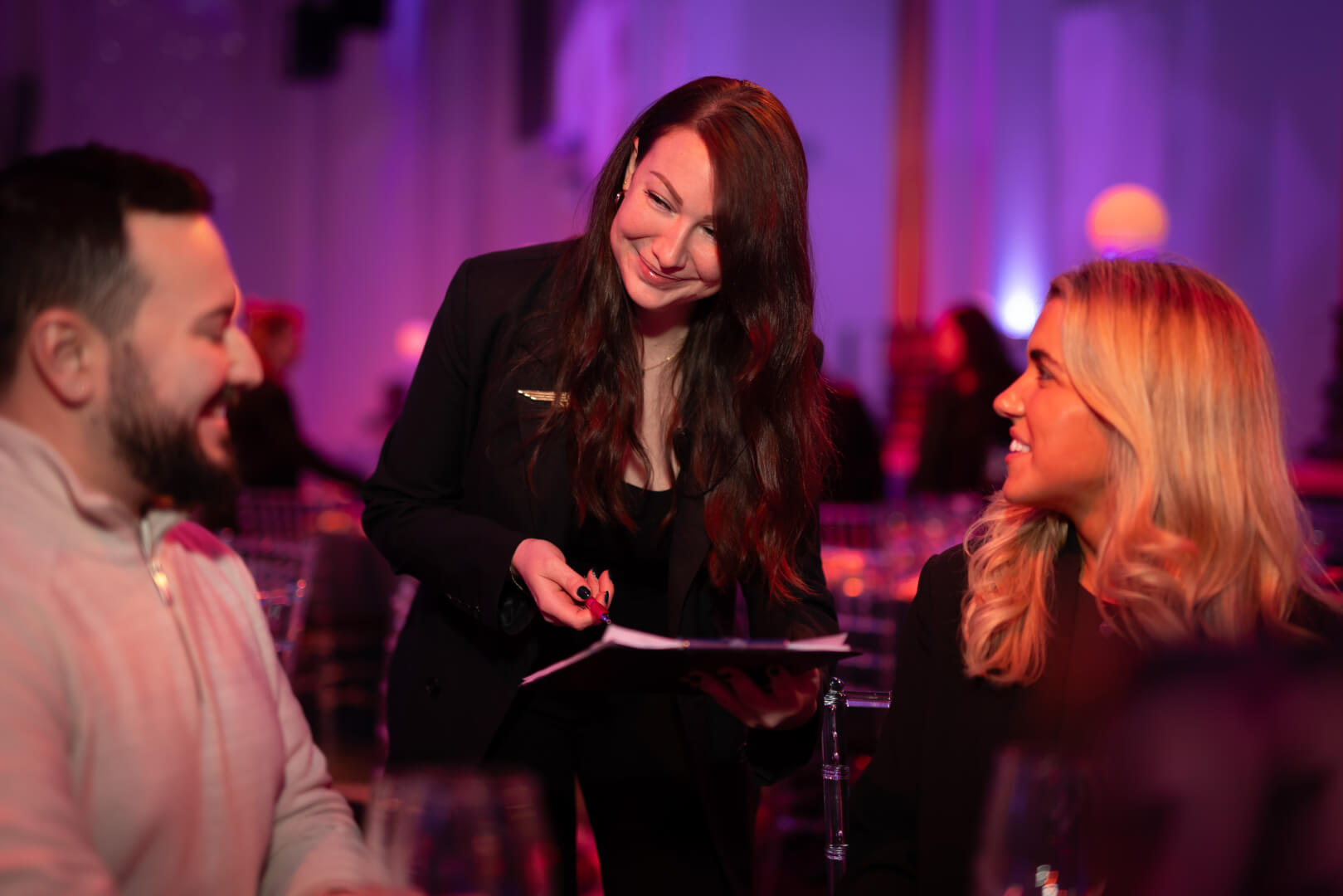5 Social Media Advertising Tips You Need To Use Now
Master the art of paid social media advertising with these tips
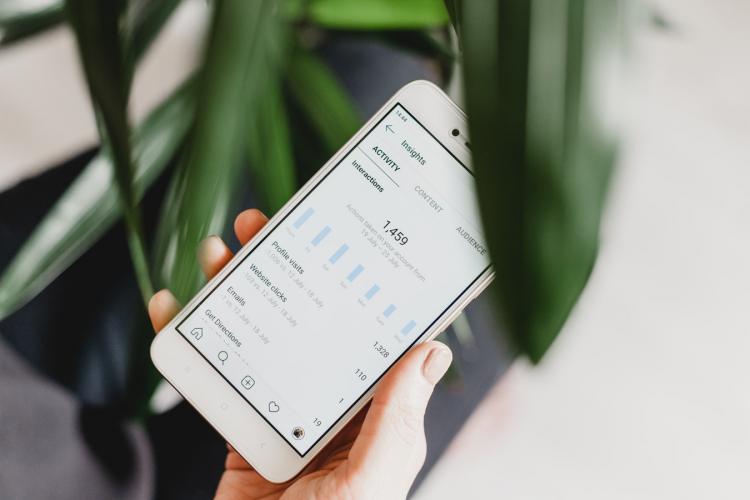
Social media platforms are perfect for promoting and selling events, however, it is getting harder for organic posts to be seen. Even if your content is engaging and posted at the optimum time, it’s unlikely that you will receive the desired sales conversions. To succeed in these oversubscribed platforms, you will need to pay to get your post seen.
Driving significant results and getting the highest ROI as possible takes a much deeper understanding of paid ads. So, if you are utilising these features to increase your event’s sales but are seeing little results, you need to consider the below tips.
1. TARGET THE CORRECT AUDIENCE
When creating your advertising campaigns, one of the first steps is to find the correct audience to target. Ensuring your posts reach the correct people who will action your aim is vital. Do you want them to purchase tickets, download an app, click a link to find out more information?
Facebook Ads Manager offers to useful features for this. Create a target audience formed of current advocates for your brand. Add contacts from your current mail list, followers of your social media accounts, those who have downloaded your app or visitors to your website. Your posts will then get in front of those who show interest in your company.
Alternatively, if you are trying to reach a new group to increase your prospect list, you can create a lookalike audience. This takes the information from your current audience and mimics the data to find likeminded people. For example, those who have the same interests as your Facebook followers, or like similar pages. You can get really creative with this.
The best part of this feature is that you can narrow down the area and age range of this new group to get the best results.

2. RIGOROUSLY TRACK AND TEST YOUR RESULTS
Your audiences are flexible and constantly changing. What may inspire a reaction one day may not the next. Tracking the results from your campaigns, and adapting to them, will ensure that you are maximising your investment.
This is simpler than you may think; AB testing compares two posts with slight differences alongside each other, publicising them to similar audiences. Changing the image, the text, call to action button will all drive different reactions and results.
Organisation is key to this as you will need to easily monitor your various ads. Firstly, create a campaign which is tailored towards your specific objective – in this instance, to make a sales conversion. Then create different add sets with variables to AB test until you find the most effective post with the lowest CPC.
Additionally, add the Facebook pixel to your website (you can do this yourself or through your website designer) in order to track the direct conversions made from the ads.

3. VARY YOUR STYLE OF POST
Now you have your most effective post format, changing the look of your posts will also spark more interest. Rather than showing the same layout constantly, there are lots of different formats for you to try and test.
Videos, a carousel to show various ticket types or descriptions that tell more of a story are all proven to be useful.

4. BE REALISTIC WITH YOUR BUDGET
If monitored incorrectly, paid advertising can be an expensive outlay. Whilst using the above tips can help produce the biggest return on investment possible, there comes a point when you may need to be realistic with your budget.
Cost per click rates will vary from industry to industry dependant on competition between brands and the engagement of the audience. Measure your own budget against that of the average spend of your industry, to see if your expectations are realistic.
WordStream have found that whilst the engagement rate for the ‘travel and hospitality’ industry is high (0.9% click-through rate), and the CPC remains relatively low at $0.63/£0.48 per click. You can, therefore, expect to promote your sales posts at a relatively reasonable cost.
5. BOOST WHAT IS ALREADY DOING WELL
Sometimes, an organic post can flourish through Facebook’s Edge Ranking software and gather large amounts of engagement. In these circumstances, it may be more beneficial to boost a post rather than start an advertising campaign from scratch. The ‘boost post’ feature allows you to do just this.
Simply enter in the amount you are willing to spend, and Facebook will calculate the volume of people this will reach (the more money spent the more people you will reach). Unlike the Ads Manager feature, you won’t be able to edit the post and have the customisable features such as audience targeting, A/B testing etc. Regardless, boosting posts is a great way to work alongside and enhance your paid adverting campaigns.

To host your next event with us, contact the team now.

